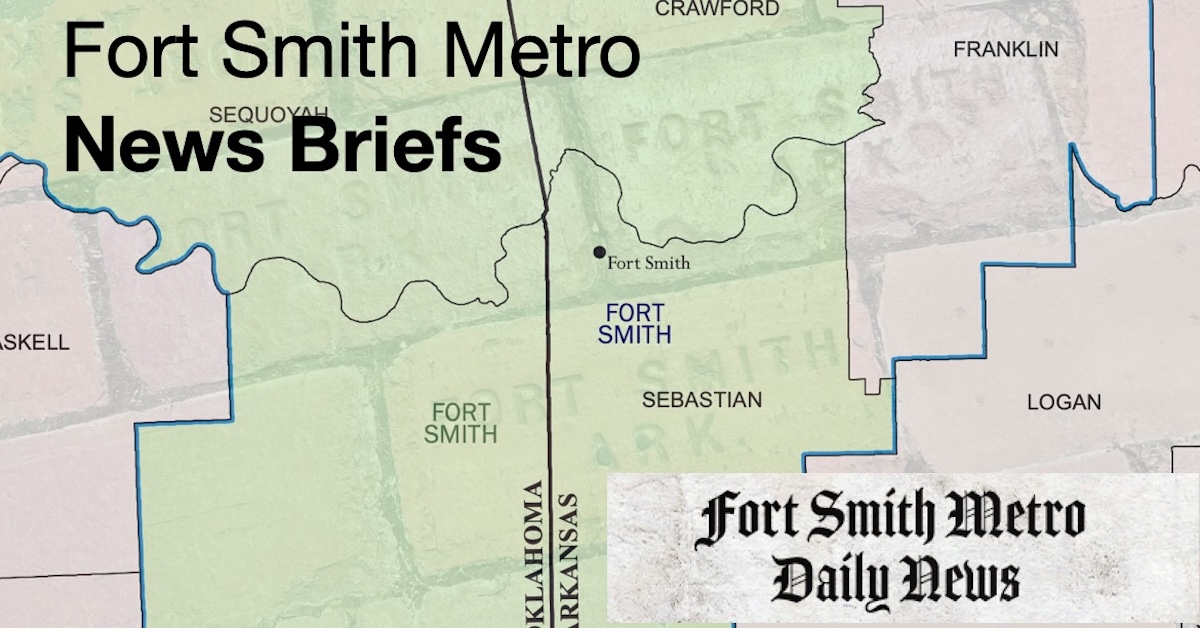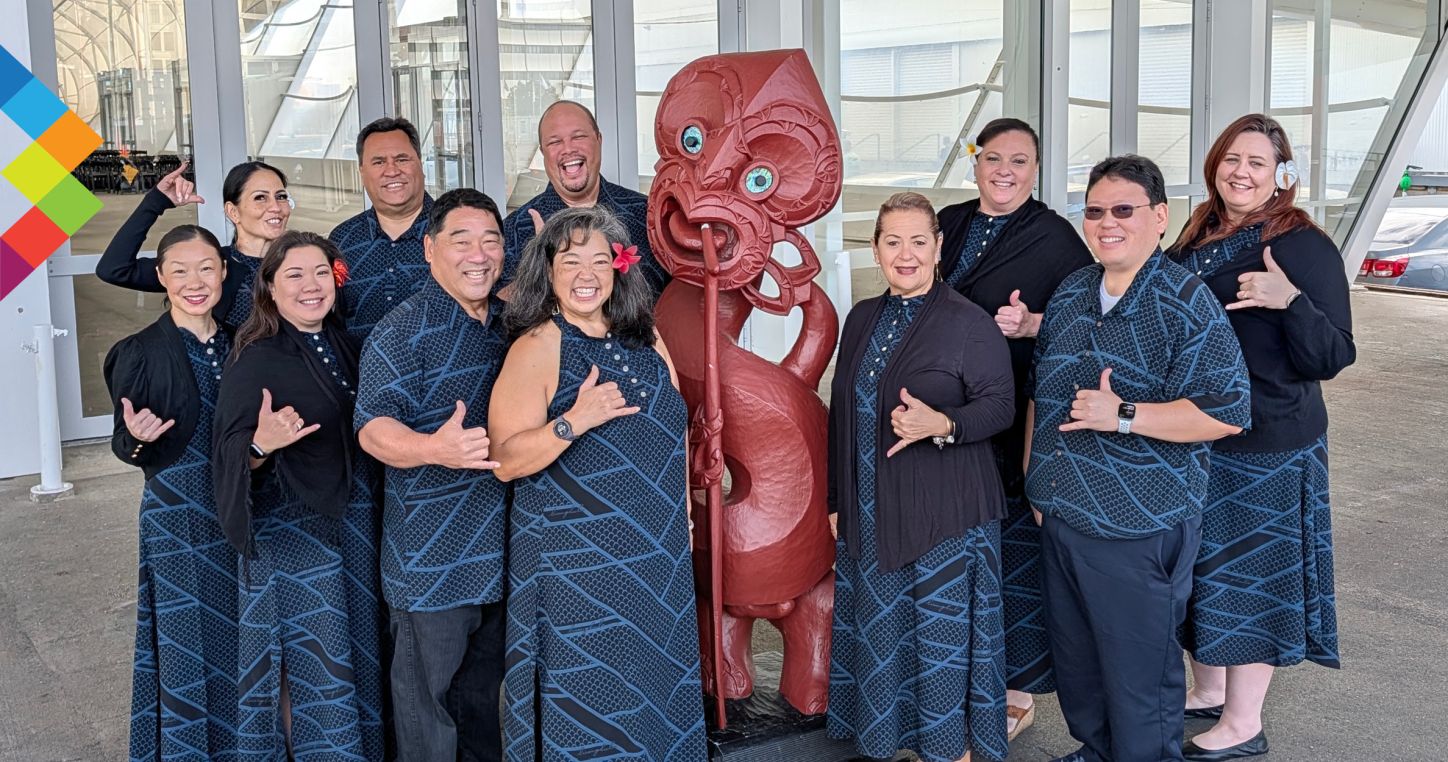UA Little Rock Gets $4.2M for Early Childhood Education – Arkansas Money & Politics

Report on Transformational Gift to UA Little Rock and its Impact on Sustainable Development Goals
Executive Summary
The University of Arkansas at Little Rock (UA Little Rock) has received a significant philanthropic investment of $4.2 million from the Trinity Foundation. This gift is designated for the university’s early childhood education program and is poised to make substantial contributions toward achieving several United Nations Sustainable Development Goals (SDGs), most notably SDG 4 (Quality Education). The funding will address a critical shortage of qualified educators in Arkansas, enhance educational research, and strengthen community partnerships, aligning with global efforts to ensure inclusive and equitable quality education for all.
Background and Rationale for the Initiative
The donation was prompted by a comprehensive study conducted by UA Little Rock in collaboration with the Education Partners consulting group. The study identified significant barriers to achieving quality education outcomes in the state, directly impacting the targets of SDG 4.
- Key Finding 1: Teacher Shortage. A severe shortage of qualified and licensed Pre K-2 teachers, which undermines SDG Target 4.c, aimed at substantially increasing the supply of qualified teachers.
- Key Finding 2: Research Deficiencies. A need to strengthen research on effective instructional practices, a crucial component for improving educational quality as outlined in SDG 4.
- Key Finding 3: Partnership Gaps. A need to improve and expand statewide educational partnerships, reflecting the principles of SDG 17 (Partnerships for the Goals).
As stated by UA Little Rock Chancellor Christina Drale, the university’s subsequent efforts are a direct response to these identified challenges.
Allocation of Funds and Strategic Objectives
The $4.2 million gift is strategically allocated to address the findings of the foundational study and advance key educational goals.
- $4.0 Million: This portion will endow at least two faculty positions dedicated to early childhood education. This long-term investment ensures a sustainable pipeline of expertise to train future educators.
- $200,000: This amount is earmarked for faculty research and the development of external grant proposals, fostering innovation and continuous improvement in teaching methodologies.
Alignment with Sustainable Development Goals (SDGs)
This initiative directly supports the 2030 Agenda for Sustainable Development by targeting several interconnected goals.
- SDG 4: Quality Education
- Target 4.2: By ensuring access to quality early childhood development and pre-primary education, this program prepares children for primary schooling, a cornerstone of lifelong learning.
- Target 4.c: The endowment directly addresses the critical shortage of qualified educators by funding faculty positions, thereby increasing the state’s capacity to train and license new teachers. The program’s alignment with the state’s new Pre K-2 licensure exam further guarantees a standard of quality.
- SDG 10: Reduced Inequalities
- By improving access to high-quality early childhood education, this initiative works to mitigate educational and socio-economic disparities from an early age, providing a more equitable foundation for all children in Arkansas.
- SDG 8: Decent Work and Economic Growth
- The program contributes to the creation of decent work by training and certifying a professional workforce of educators, strengthening the educational sector as a key component of the state’s economy.
- SDG 17: Partnerships for the Goals
- The collaboration between UA Little Rock, a public institution, and the Trinity Foundation, a non-profit civil society organization, exemplifies the multi-stakeholder partnerships essential for achieving the SDGs. Thomas Dickinson of the Trinity Foundation noted the gift is intended to help UA Little Rock build “stronger research and deeper collaboration.”
Conclusion and Future Outlook
The $4.2 million gift from the Trinity Foundation represents a pivotal investment in the educational infrastructure of Arkansas. By focusing on the foundational stage of early childhood education, UA Little Rock is not only addressing immediate state-level needs but also making a direct and measurable contribution to the global Sustainable Development Goals. This initiative will enhance the supply of qualified teachers, promote evidence-based instructional practices, and foster collaborative networks, ultimately advancing the goal of quality, inclusive, and equitable education for future generations.
1. Which SDGs are addressed or connected to the issues highlighted in the article?
-
SDG 4: Quality Education
This goal is central to the article, which focuses on improving early childhood education in Arkansas. The text explicitly discusses the need to “prepare skilled educators,” “strengthen its research on instructional practices,” and ultimately “improve outcomes for Arkansas children.” The entire initiative, funded by a $4.2 million gift, is aimed at enhancing the quality of education from the pre-kindergarten level.
-
SDG 17: Partnerships for the Goals
The article highlights a multi-sector partnership to achieve educational goals. It describes a collaboration between the University of Arkansas at Little Rock (a public academic institution), the Trinity Foundation (a “nonprofit educational advocacy group”), and Education Partners (an “educational consulting group”). This partnership is the mechanism through which the problem was identified and is now being addressed, as stated by Thomas Dickinson: “When the Trinity Foundation funded the initial study, we wanted UA Little Rock to identify the barriers and opportunities… This gift is our way of helping UA Little Rock respond to those needs.”
2. What specific targets under those SDGs can be identified based on the article’s content?
-
Target 4.2: Ensure that all girls and boys have access to quality early childhood development, care and pre-primary education so that they are ready for primary education.
- The article’s focus is squarely on “early childhood education” for “Pre K—2” students. The initiative aims to address the challenges in this specific area to “improve outcomes for Arkansas children,” which directly contributes to their readiness for primary education. The development of a new program that “aligns with the Arkansas Department of Education’s efforts” further supports this target.
-
Target 4.c: Substantially increase the supply of qualified teachers.
- The article identifies a core problem: a “severe shortage of qualified, licensed Pre K—2 teachers” in Arkansas. The $4.2 million gift is a direct response to this issue, intended to “expand our capacity to prepare skilled educators” and “endow at least two faculty positions for early childhood education.” This directly addresses the goal of increasing the supply of qualified teachers.
-
Target 17.17: Encourage and promote effective public, public-private and civil society partnerships.
- The initiative described is a clear example of a civil society partnership. The Trinity Foundation, a nonprofit (civil society), provided a significant financial gift to the University of Arkansas at Little Rock (a public institution) to address a social need identified through a study conducted with a consulting group. This collaboration demonstrates an effective partnership leveraging resources and expertise to achieve a common goal.
3. Are there any indicators mentioned or implied in the article that can be used to measure progress towards the identified targets?
-
Indicator for Target 4.c: Increase in the number of qualified and licensed teachers.
- The article directly states there is a “severe shortage of qualified, licensed Pre K—2 teachers.” Therefore, a direct indicator of the program’s success would be the number of new, skilled educators who are prepared by the university and successfully pass the new “Pre K-2 licensure exam.” The endowment of “at least two faculty positions” is a concrete input indicator for building this capacity.
-
Indicator for Target 17.17: Amount of financial resources committed to the partnership.
- The article provides a specific, quantifiable indicator for this target. It explicitly mentions the “transformational gift of $4.2 million from the Trinity Foundation.” This dollar amount represents the financial commitment from a civil society partner to a public institution to achieve the shared goal of improving education.
-
Indicator for Target 4.2: Improved educational outcomes and research.
- While not a formal UN indicator, the article implies that progress will be measured by the ability to “improve outcomes for Arkansas children.” Furthermore, a portion of the gift ($200,000) is specifically “earmarked for faculty research and outside grant development.” The output of this “innovative research” on “instructional practices” serves as an indicator of progress in enhancing the quality of early childhood education.
4. Summary Table of SDGs, Targets, and Indicators
| SDGs | Targets | Indicators |
|---|---|---|
| SDG 4: Quality Education |
4.2: Ensure access to quality early childhood development and pre-primary education.
4.c: Substantially increase the supply of qualified teachers. |
Implied: Improved educational outcomes for children and the output of new research on instructional practices.
Direct: An increase in the number of “qualified, licensed Pre K—2 teachers” produced by the university program. The endowment of “at least two faculty positions” is a specific input. |
| SDG 17: Partnerships for the Goals | 17.17: Encourage and promote effective public, public-private and civil society partnerships. | Direct: The “$4.2 million” gift from the Trinity Foundation (civil society) to the University of Arkansas at Little Rock (public) is a quantifiable financial commitment to the partnership. |
Source: armoneyandpolitics.com

What is Your Reaction?
 Like
0
Like
0
 Dislike
0
Dislike
0
 Love
0
Love
0
 Funny
0
Funny
0
 Angry
0
Angry
0
 Sad
0
Sad
0
 Wow
0
Wow
0












































































